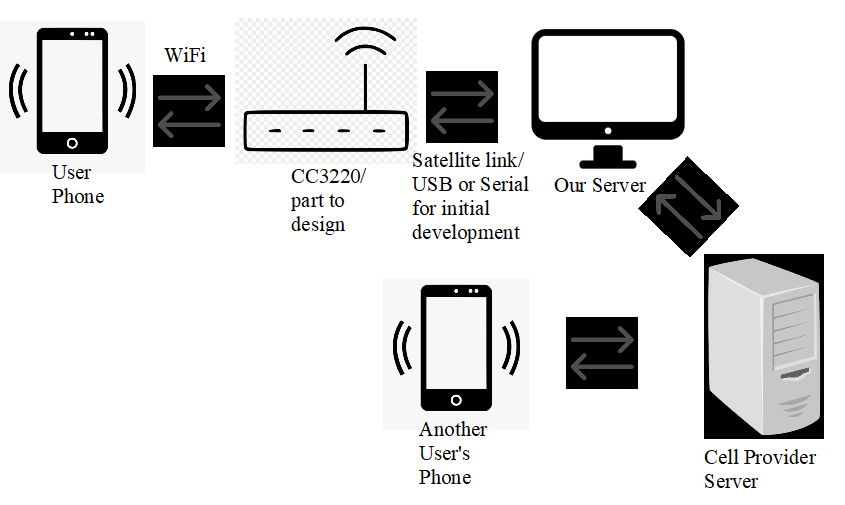Tool/software: Code Composer Studio
Hello All,
I am struggling to find where to start to create a WiFi dongle using the cc3220SF. I want to have the CC3220SF connect over USB to a PC in order to give the Access point internet. A cell phone would be able to connect to the CC3220SF and use the internet as if it connected to a regular home router. Ultimately, I want to be able to implement text over WiFi (RCS) communication from a cell phone to the CC3220SF.
Is there an example project, or readings I can look at to get started. I have looked at the portable with WiFi project in the Simple Academy workshops. Or is there a different part that would work better?
I currently have a CC3220SF Launch pad and am running code composer 10.
Any help would be greatly appreciated.
Thanks,
Tyler


